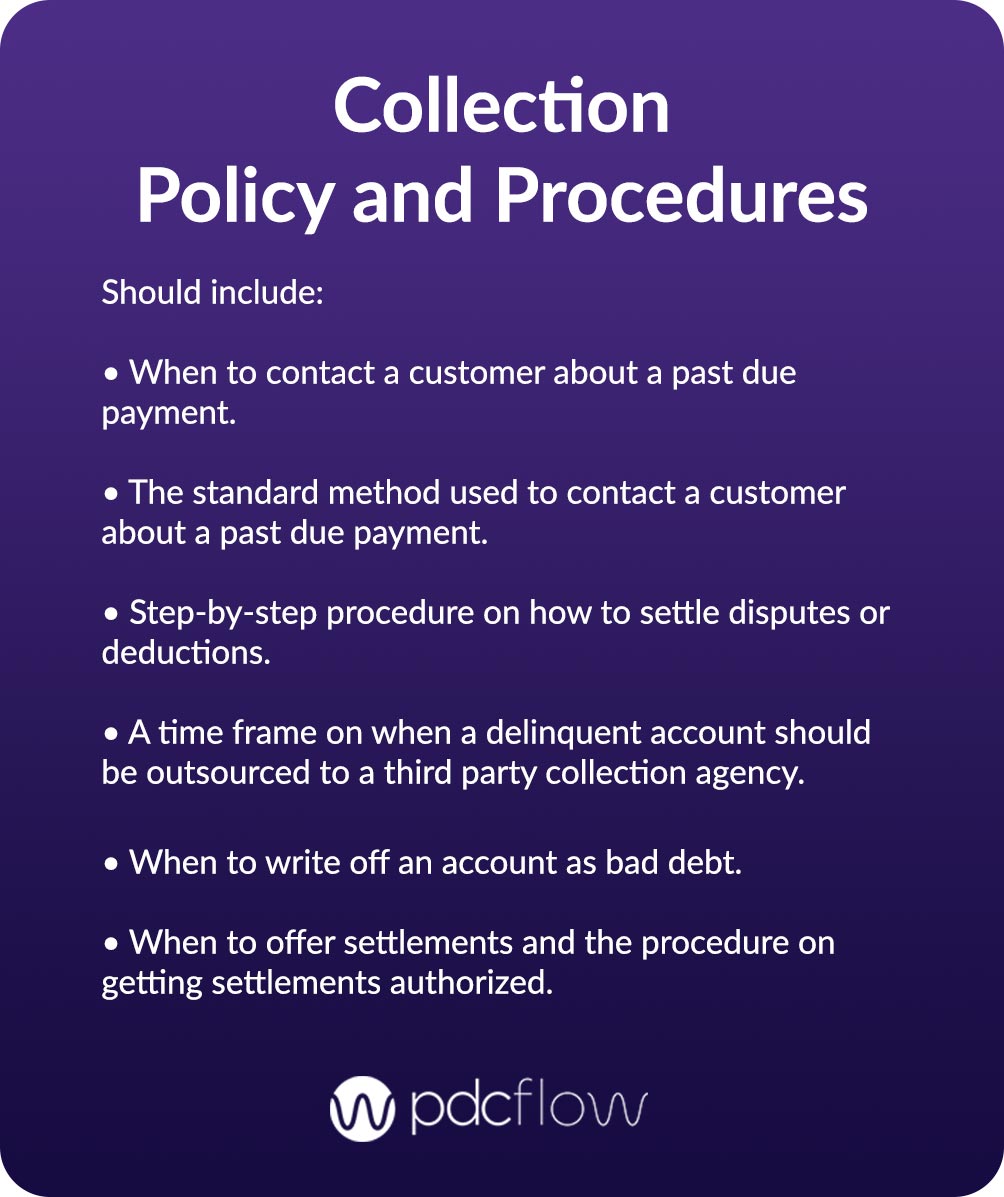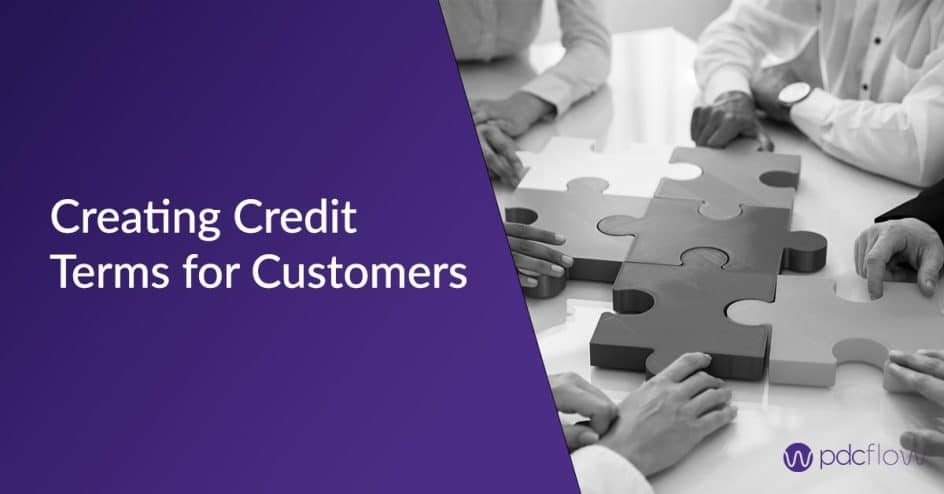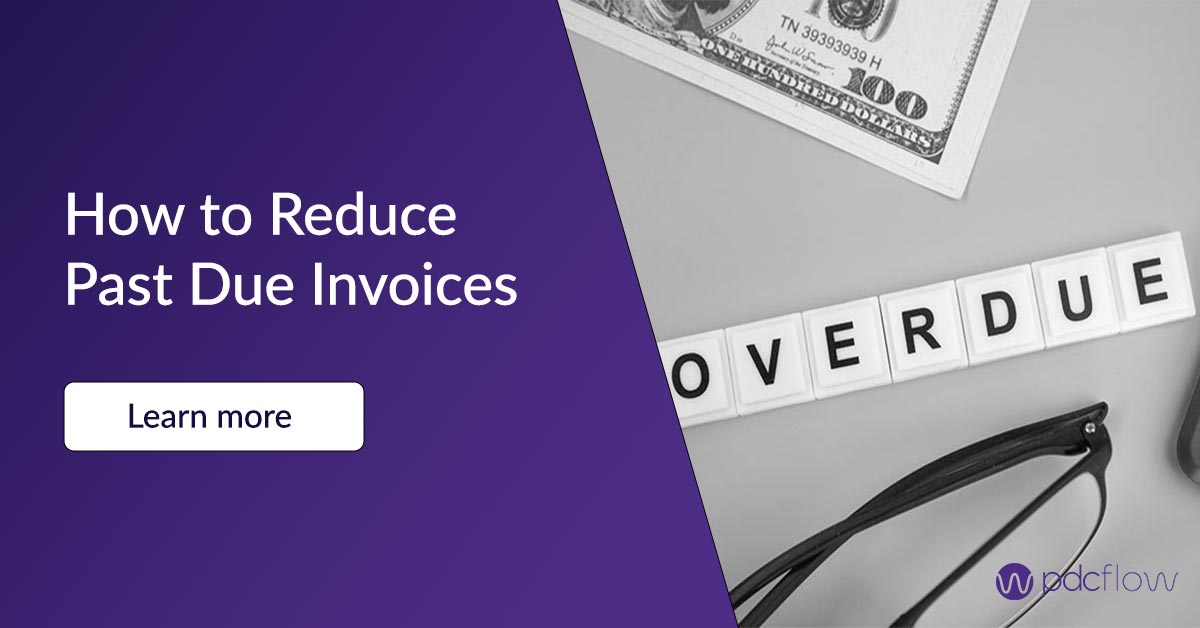Definition of Credit Terms
Why are Credit Terms Important?
Companies that offer goods and services on credit may do so without knowing that’s the model they’ve chosen. Some may not even document the credit terms they expect customers to follow.
It’s essential that staff and customers understand the purchase and payment processes. It’s especially important if you run credit checks, require customers to provide proof of employment or show you their bank statements to secure credit.
What is a Credit Policy?
Creating Credit Terms: What to Consider
Companies should evaluate credit terms and change credit policies to stay current with best practices.
The software used, customers served and even an organization’s size can change how and when to offer credit to customers. Some considerations that will help your company improve terms of credit:
Creditworthiness
Establish what parameters your business will follow to decide a customer is creditworthy. You may need to request extra documentation from customers to verify income or otherwise assure they can pay the bill when their invoice is due.
Credit limits
The amount of credit you extend will be based on your products, services, and the financial leeway you may have to make a sale without requiring payment immediately.
Payment terms
These are the actual guidelines for when people are supposed to pay. Does your organization need payment in full upon delivery? Will you allow customers weeks – or even months – to settle their bill?
Payment options
Almost as important as the terms and conditions of repayment, you need to consider the payment channels you’re willing to provide. Offer a variety of options including self-serve and agent-assisted payments for the highest number of on-time payments.
Collection process
Organizations need to decide how and when to intervene if a customer doesn’t pay on time.

Common Credit Terms and Billing Options
Here is a list of the most common credit terms and payment models small to medium size businesses tend to offer:
COD
This stands for Cash (or Collect) on Delivery. This is a good option for companies that deliver a product or a one-time service and need to keep cash flow moving.
Net
Net means the full amount of an invoice is due. Many companies customize the amount of time customers have to pay. A net 30/60 account or net 30/60/90 vendors indicate to customers the amount of days they have to pay the full amount of an invoice.
What are Net Terms?
Net terms dictate how long a customer has to make payment after receiving an invoice.
Net 30 accounts mean the customer has 30 days to make payment on their account.
Net 60 allows for 60 days and net 90 allows for 90 days.
Discount payment terms
Discounts encourage customers to pay faster. Credit terms can give customers extra time to pay with an option to pay off early for a discount on their overall bill.
For instance, you may offer a one percent discount on the total bill if paid off within ten days, but expect full payment within 30 days (known as 1/10 net 30). Or, for a longer billing period, you may offer a two percent discount within ten days with 60 days total to pay (2/10 n/60).
Payment Schedules
Medical care, manufacturing and construction are examples of goods and services that might be too expensive to pay for in a lump sum payment. If your company’s average order value is large, you should consider flexible payment plans for customers.
Pros and Cons of Granting Credit to Customers
Pros
- More customers - People who may not have cash on hand for a purchase won’t use your business if there’s no system set up for them to pay you when it works for them.
- More revenue - bringing in more customers means making more money. Flexible credit terms make it easier for customers to patronize your business and pay you, encouraging more customers, more payments and more money on your bottom line.
- Competitive advantage - the way you handle your billing processes can put you at an advantage over your competition. You can offer more options, faster payment workflows and simpler ways to pay to get an edge.
- Customer loyalty - the easier it is for customers to pay, the more satisfied they’ll be at the end of their experience with your company. Satisfied customers build loyalty and help your business grow.
Cons
- Complex cash flow management - If organizations don’t take payment up front, managing cash flow becomes more complex.
- More security and compliance - Private information you collect from customers (like bank statements, pay stubs or other official documents) opens your company to more liability if they are accessed in the event of a data breach.
- Business risk - Offering credit to customers means you take the risk that some will never pay. This hurts your revenue and can have a negative impact on the overall health of your organization.
- More staff time and labor - unpaid bills can waste massive amounts of staff time and money to recover. A good credit policy and well-planned collection procedures can mitigate these costs.
Flexible Software for Managing Billing and Payments
The ability to offer credit terms and payment options your customers want depends on the software you use.
Credit is important to serving customers the way they prefer but if your payment management system can’t handle your workflows, you’ll waste time on workarounds and needless manual follow ups.
PDCflow’s flexible payment and communication tools help companies accomplish their billing goals and create better internal processes. Here’s how:
- Encourage faster B2C and B2B payments. Send payment reminders with a link to a payment page by email or SMS.
- Send contracts or payment terms through email or SMS, so customers can sign a contract from anywhere. No need for customers to come to a physical location or fax in a copy of their signature.
- Use PDCflow for payment data storage and secure communications. We tokenize and encrypt payment data, and are Level 1 PCI compliant. Flow Technology offers a secure way to collect payments without requiring your staff to hear or see card or bank details.
- Flow Technology is a secure, HIPAA compliant option for sending sensitive documents. Flow allows companies to create a dual-authentication PIN for messages. Only the intended recipient can access financial contracts, meeting minutes, detailed invoices, or other sensitive information.
- Restrict internal access to private information. PDCflow’s Organizational Hierarchy feature locks down access to information by group, location or department. That way, staff can only see what is relevant to them. This reduces human error and security risks.
Do you need payment processing software that can simplify communication and make it faster for customers to pay?
For more information on PDCflow’s Flow Technology and payment suite options for easier invoicing and payment collection, request a call with a Payment Expert today





